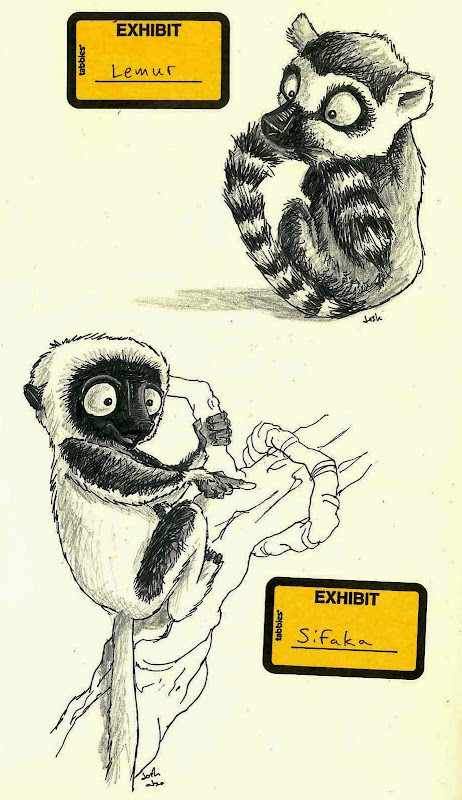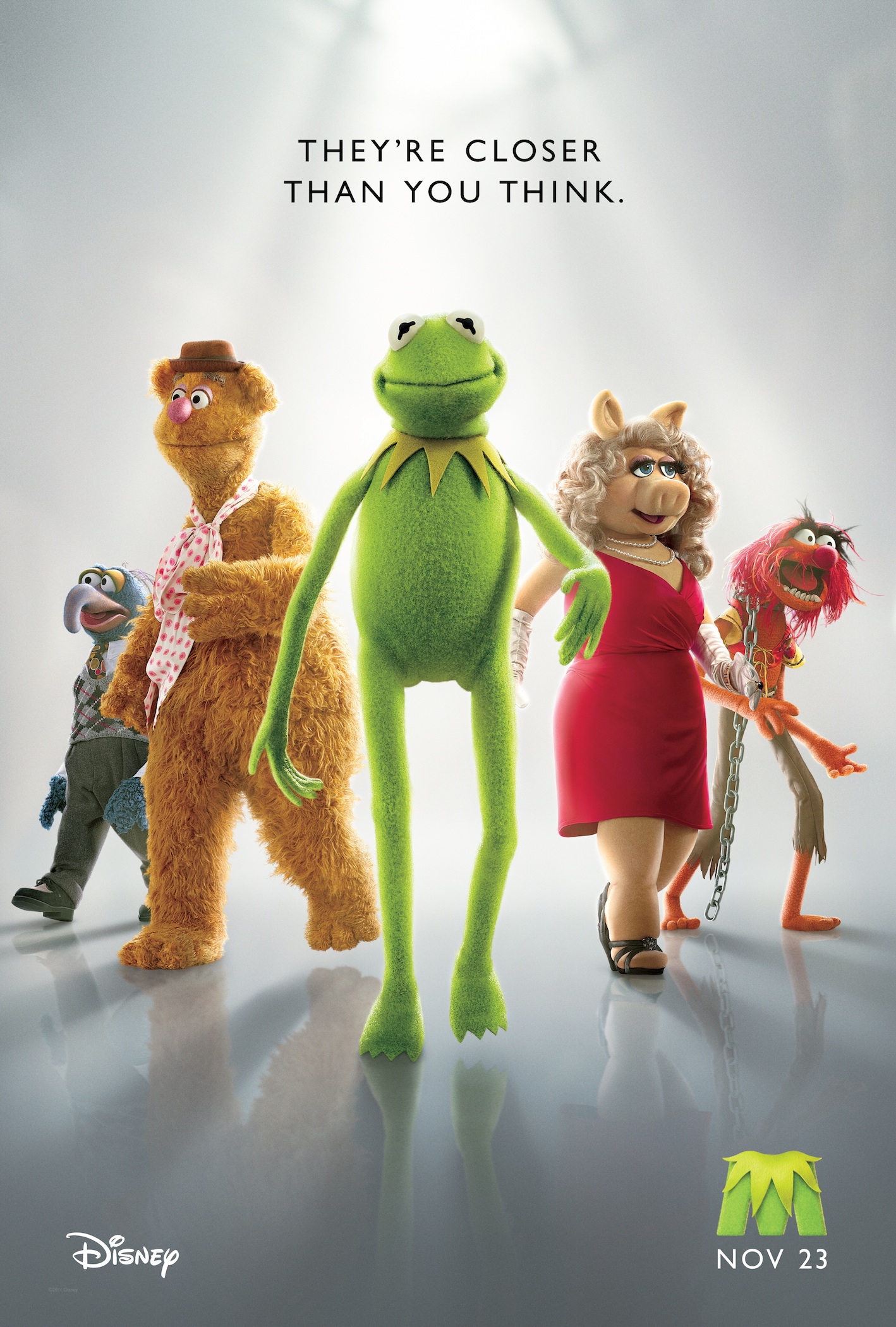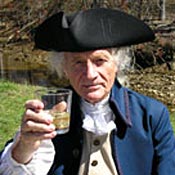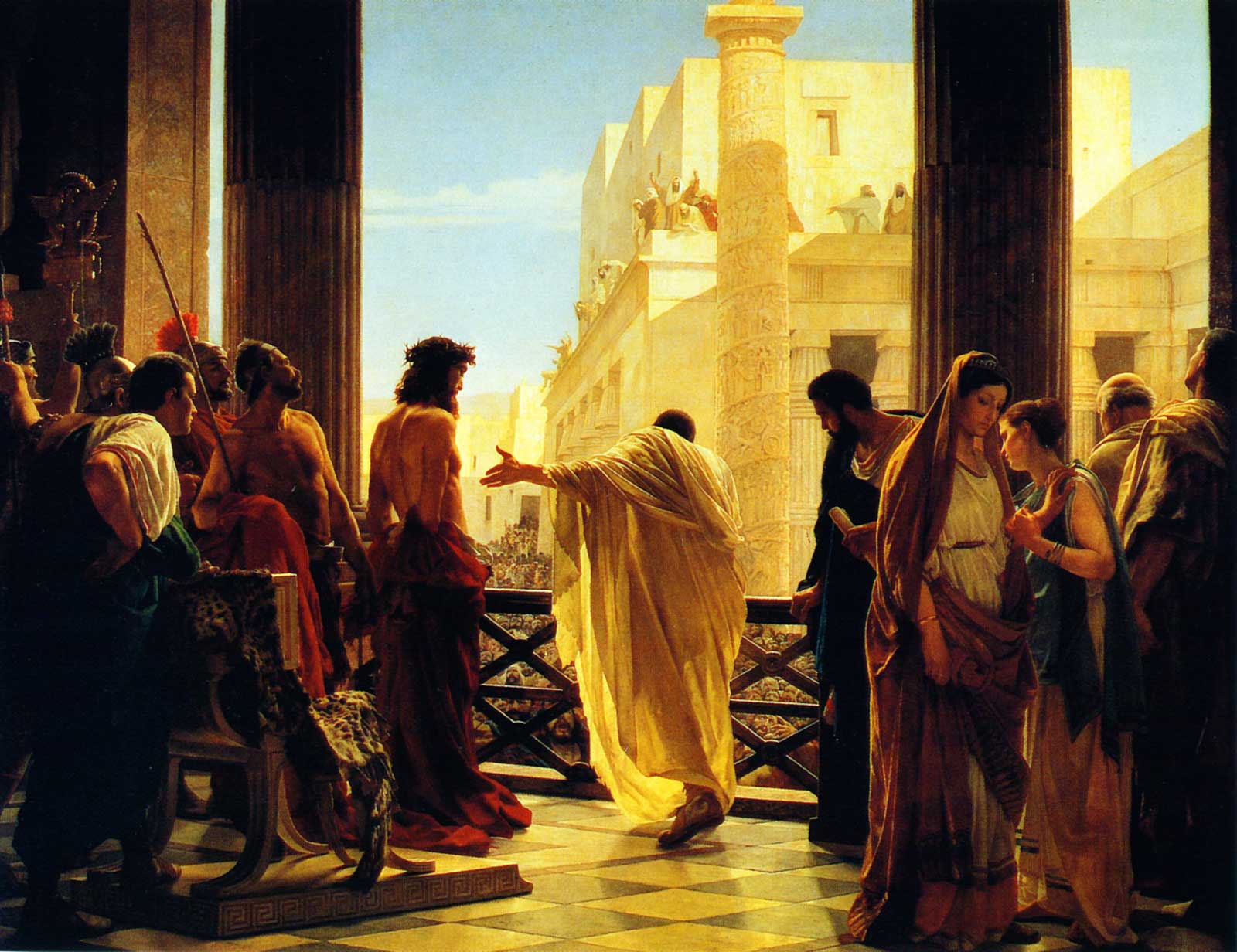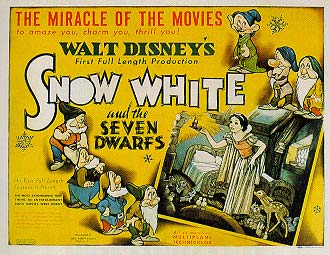
I know that Christmas is right around the corner, but I just saw on a different blog that today is the 74th anniversary of the opening of Walt Disney's Snow White and the Seven Dwarfs. I only just saw the film in its entirety this past year, and it was quite an experience. Now, it's true, the story is cheesy and saccharine, a lot of the animation is rotoscoped, and there are some really slow parts. However, the modern eye should overlook those seeming faults and be able to recognize how big of a deal Snow White really was. The only slight analogy we have today is Toy Story--a film that many people doubted would be successful. "No one will watch 3D characters for a full 90 minutes on screen!" For Walt Disney, it was even more extreme; animation as a medium had never been tested outside of goofy shorts. Even more so, it had never been used to tell a dramatic story.
However, Disney went with his gut, and the film became a massive, massive success. My grandpa told me a few months ago about going to see it when he was a kid. He mentioned how his Uncle George (my great-great uncle) absolutely loved it. Funny how it's considered now to be not just a kids' movie, but a little girls' movie. Back then, it was for all ages. The film cost about $1.5 million to make and grossed almost $67 million, showing the world that animated films could compete and giving Walt Disney the capital to build an entire new studio. The current Walt Disney Studios, while substantially renovated since that time, are at that same location today.
Neil Gabler, in his excellent biography "Walt Disney: Triumph of the American Imagination," goes to great length in describing the idea, production process, and release of Snow White. I'd definitely recommend either going to your local library or buying a copy.
I love Walt Disney and his philosophy of film for a similar reason that I love Jim Henson. Both felt that they could utilize their chosen mediums to influence people--especially children--in a positive way. I leave you then with statements from both men, saying effectively the same thing, and showing, at least to some extent, why their works still affect us the way that they do:
Disney:
“Movies can and do have tremendous influence in shaping young lives in the realm of entertainment towards the ideals and objectives of normal adulthood."
Henson:
"At some point in my life I decided, rightly or wrongly, that there are many situations in this life that I can't do much about - acts of terrorism, feelings of nationalistic prejudice, cold war, etc. - so what I should do is concentrate on the situations that my energy can affect. I believe that we can use television and film to be an influence for good; that we can help to shape the thoughts of children and adults in a positive way."





















 ) and one on the Riemann Sphere, but the directions to that one might be a little complex.
) and one on the Riemann Sphere, but the directions to that one might be a little complex. .
.


